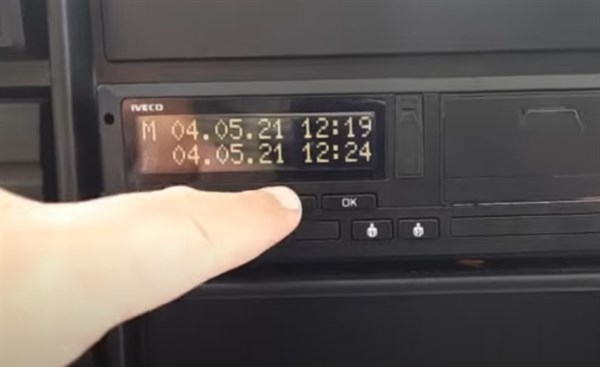
Since 19 August 2025, a new decisive step has been taken in the regulation of European road transport: all heavy goods vehicles registered in the European Union and circulating internationally must now be equipped with the second-generation smart tachograph, version 2 (G2V2). This obligation marks the end of a transition process that began in 2023, aimed at replacing the old analog, digital or even the first smart models (G2V1), deemed insufficient to meet current traceability and control requirements.
This regulatory change is part of the EU Mobility Package, which aims to strengthen road safety, improve working conditions for drivers, and combat illegal cabotage and abusive posting. The G2V2, much more than a simple driving time measurement tool, has become a true on-board digital assistant. It automatically records border crossings, loading and unloading periods, and allows authorities to remotely view vehicle data without having to stop it.
Technical innovations include the integration of real-time GPS, extended storage capacity of 56 days, a Bluetooth interface for manual entries, and GNSS signal security via OSNMA technology. These features not only enable better compliance with European regulations, but also significantly reduce human error and the possibility of fraud.
Implementing this reform has not been without its challenges. In December 2024, many carriers faced delays in upgrading their equipment, resulting in a temporary suspension of some international operations. In response, the International Road Transport Union (IRU) granted a grace period until February 28, 2025, allowing companies to finalize their transition.
But the evolution doesn't stop there. From July 1, 2026, light commercial vehicles (LCVs) weighing more than 2.5 tonnes, used for international transport or cabotage, will also have to be equipped with a G2V2 smart tachograph. This extension of the regulations to a segment that has previously been less regulated aims to harmonize the rules of the game between different types of carriers and ensure fairer competition.
Affected companies will need to anticipate this deadline by training their drivers, adapting their fleet management tools, and scheduling installations with approved workshops. Exemptions do exist, however, for certain vehicles used for non-commercial purposes or those related to craft activities, but they remain limited and subject to strict conditions.
The G2V2 smart tachograph requirement represents much more than a technical constraint: it embodies a political desire to modernize the European road transport sector, making it more transparent, safer, and more respectful of workers' rights. This is a step toward the paperless cab, announced for 2030, and a strong signal to all stakeholders in the sector: the future of transport is digital, connected, and regulated.